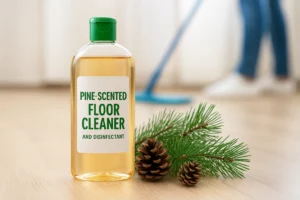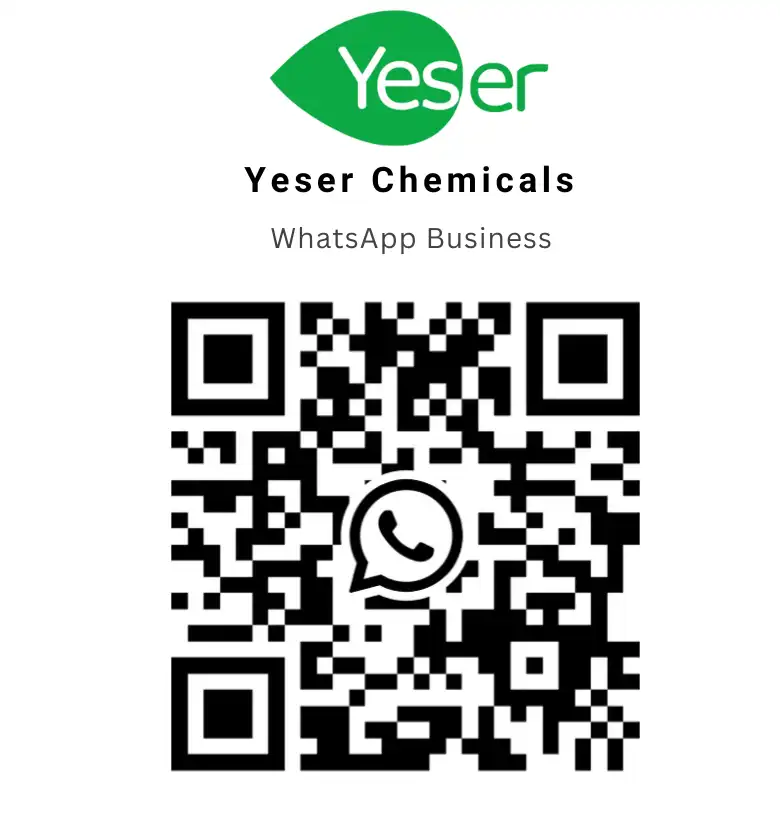Are you unsure what Cocamidopropyl betaine is and why it’s so broadly used in products? Do you wish to make an informed choice when considering the various forms offered by different manufacturers? Empower yourself with knowledge – this guide will provide an answer to all your questions related to Cocamidopropyl betaine.
We offer you a comprehensive overview, from essential CAPB functions to environmental considerations, safety, and more. Read on for helpful information that will help you make intelligent decisions when selecting items containing this increasingly common ingredient.
What Is Cocamidopropyl Betaine
Cocamidopropyl Betaine, commonly also known as Coco Betaine mistakenly, is a compound derived from coconut oil. Typically, the row substance is obtained organically and then lab-perfected in order to improve its properties. CAPB is an amphoteric surfactant, which means it can function as both a cationic and anionic surfactant.
Cocamidopropyl betaine is commonly utilized as a surfactant and foaming agent in a variety of cosmetics and personal care products. As an effective cleansing agent and emulsifier, it helps keep cosmetic formulations stable. It’s also used as an anti-static agent, fabric softener, and emollient.
Cocamidopropyl betaine can be found in the majority of modern personnel care and cosmetic formulas, including products such as shampoos, conditioners, body washes, and facial cleansers. Other applications include pet care products and household chemicals such as laundry detergents and dishwashing liquids.
It’s available in a variety of grades, depending on the intended use. For example, cosmetic-grade Cocamidopropyl betaine is specially formulated for use in personal care products. On the other hand, industrial-grade Cocamidopropyl betaine is used in cleaning products and industrial applications.
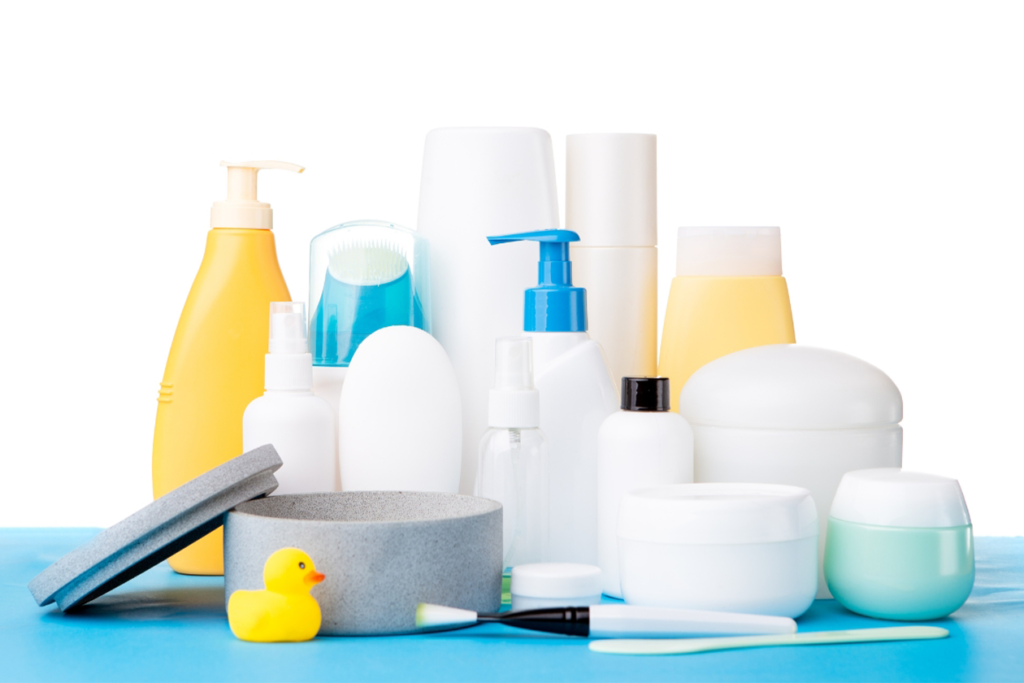
How Cocamidopropyl Betaine Works
The key asset of betaine compounds in general lies in the convenient combination of properties. Most betaines (Cocamidopropyl betaine included) offer excellent detergency while remaining friendly to skin, hair, and eyes.
Just like any other surfactants, Cocamidopropyl betaine works by reducing the surface tension of water, allowing it to spread more evenly and penetrate the skin and hair shaft more efficiently. By simultaneously emulsifying oils and dirt, it makes them easier to remove during the cleansing process.
Cocamidopropyl betaine is ideal for products requiring high viscosity and thick foam. Along with excellent detergency, it promotes the thickening, emulsification, and foam-boosting capabilities of cleansing formulations. In shampoos and other haircare formulas, CAPB also offers anti-static benefits.
Advantages of Cocamidopropyl Betaine
The main advantage of using Cocamidopropyl betaine is that it is an effective cleansing agent that can help to remove dirt, oil, and makeup from the skin. However, the list doesn’t end there.
- Cocamidopropyl betaine is considered to be safe for use in cosmetics and personal care products.
- It’s amphoteric, applicable as both a cationic and anionic surfactant.
- Cocamidopropyl betaine is an effective cleansing agent.
- Used as a foaming agent, CAPB promotes formulas’ lathering ability without making them harsh.
- It’s a strong yet non-aggressive surfactant that works equally well as a co-agent and standalone.
- Cocamidopropyl betaine improves the texture and feel of products.
- It is non-irritating, making it ideal for applications in personal care products for sensitive skin.
- Cocamidopropyl betaine is a relatively mild surfactant that doesn’t strip away natural oils and moisture from hair and skin.
- Due to its anti-static properties, CAPB helps reduce static electricity in hair.
- It’s also biodegradable and provides good foam stabilization.
- It helps to keep cosmetic formulations stable.
Have a demand for Cocamidopropyl Betaine?
Yeser Chemicals is a dedicated and leading producer of Cocamidopropyl Betaine since 2013. Send us an inquiry, and get competitive offer.
Get A QuoteIs Cocamidopropyl Betaine Environmentally Friendly?
Cocamidopropyl betaine is increasingly becoming a manufacturer’s cleansing agent of preference, due to its biodegradability, sustainability, and eco-friendliness. It’s highly biodegradable and does not pose a threat to aquatic ecosystems. It is also capable of breaking down into harmless components, which are ammonium salts, carbon dioxide, and water, that can be reused or recycled.
On top of those, Cocamidopropyl betaine can also withstand a wide range of acidity levels and temperatures while preserving efficacy in extreme conditions. Such a set of assets makes Cocamidopropyl betaine an ideal cleaning agent for both residential and commercial use in the long run, as well as a safe bet for manufacturers looking to reduce their environmental footprint.
Why So Many Products Contain Cocamidopropyl Betaine
Cocamidopropyl betaine is a convenient, self-emulsifying multitasker that can be easily incorporated into diverse formulas. It has good solubility in both water and alcohol. At the same time, Cocamidopropyl betaine typically has no extensive effects on the formula’s PH levels.
Many manufacturers utilize Cocamidopropyl betaine as a secondary, supporting agent alongside harsher main ingredients such as SLES and SLS. Being an amphoteric surfactant, it improves the formula’s detergency capacity without increasing its drying and irritating potential. In other words, by relying on Cocamidopropyl betaine, the formulators maximize the product’s power while still keeping it relatively gentle.
That’s particularly important when the targeted use requires efficiency that wouldn’t simultaneously strip natural oils and moisture by making skin and hair “squeaky clean.” In such cases, the manufacturers rely on synergy studies to optimize the performance of their amphoteric/anionic blend.
In addition, Cocamidopropyl betaine often functions as the primary cleansing agent in chemical formulas determined as “mild.” These products focus on delivering efficient results with low to no irritancy. Some examples would be kid shampoos, pet care products, or cosmetic sets developed specifically for sensitive skin or curly hair.
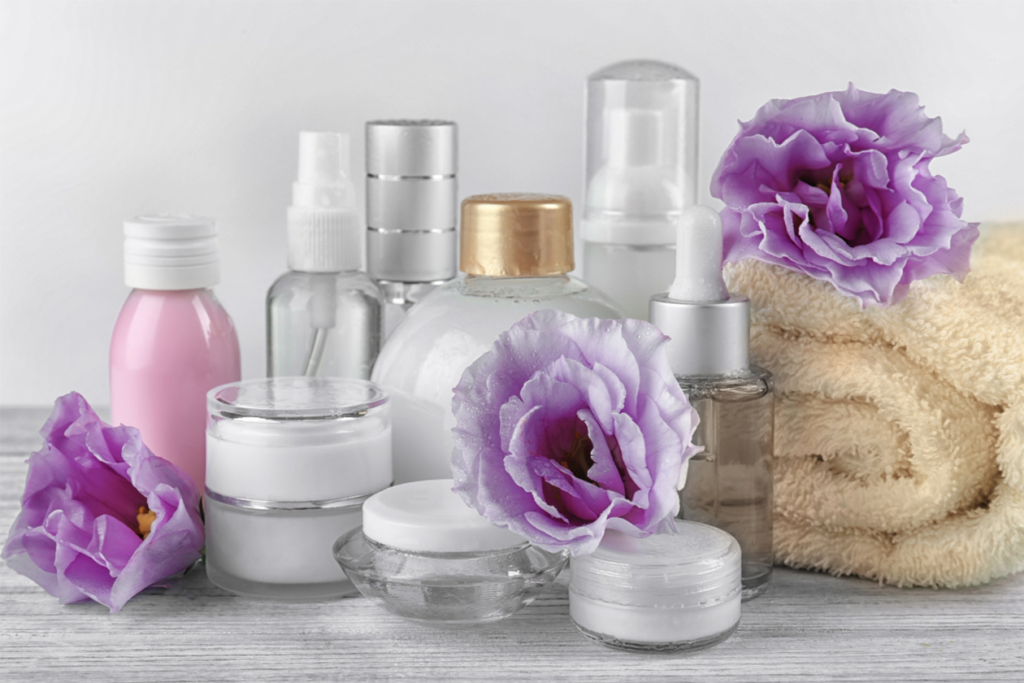
Products That Commonly Contain Cocamidopropyl Betaine
- Cosmetics
- Hair Coloring Kits
- Hair Styling Products
- Mouthwash
- Shampoo/Conditioner
- Soaps and Body Washes
- Toothpaste
- Anti-Fungal Products
- Contact lens solutions
- Intimate wipes
- Makeup remover
- Shaving creams
- Laundry detergents
- Dishwashing liquids
How to Know if a Product Contains Cocamidopropyl Betaine
If you’re concerned about whether or not a product contains this ingredient, check the product label before purchasing it. All formula ingredients should be listed on product labels. However, keep in mind that ingredients are listed in order of concentration, so if Cocamidopropyl betaine is near the end of the list, it likely makes up a diminutive percentage of the overall product formulation.
Cocamidopropyl betaine may also be listed as a “CAB” or “CAPB.” If you are still unsure whether a product contains Cocamidopropyl betaine, contact the manufacturer for further information.
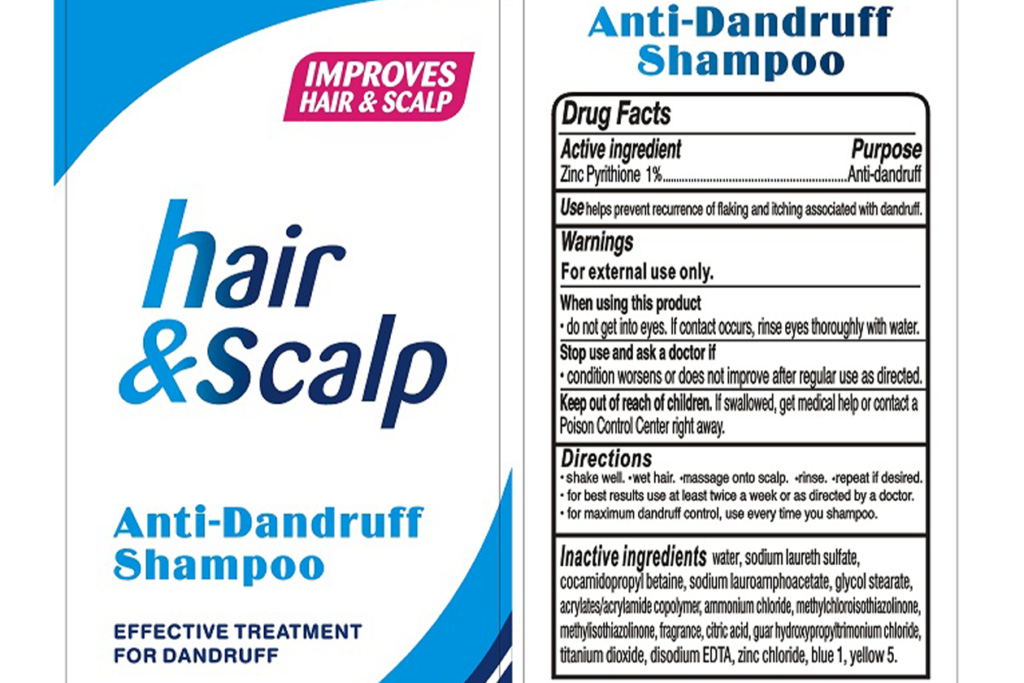
Where to Find Products Containing Cocamidopropyl Betaine
Cocamidopropyl betaine is a part of an extensive range of household and personal care products, including shampoo, body wash, facial cleansers, and more. You can purchase these products online or at your local retail shops.
Cocamidopropyl betaine-based products are available at most drugstores and supermarkets. They are usually inexpensive and can be found in the chemical products aisle. However, it is also possible to find products containing Cocamidopropyl betaine at higher-end retailers, sold over-the-counter.
How Cocamidopropyl Betaine Benefits the Skin and Hair
Cocamidopropyl betaine is commonly used as a foaming agent, emulsifier, and conditioner in a range of personal care products, from shampoos and body washes to facial cleansers. It offers several benefits for skin and hair. For one, it’s an effective cleansing agent that can remove dirt, oil, and other impurities. Additionally, it can help break down sebum and dead skin cells, which can clog pores and lead to breakouts.
Cocamidopropyl betaine is also known for its hydrating properties. When used in hair care products, it can help smooth and detangle the hair shaft, making it easier to style.
Cocamidopropyl Betaine Safety FAQ
Cocamidopropyl betaine is approved by the FDA for use in cosmetics.
Numerous scientific expert groups have assessed the safety of Cocamidopropyl betaine. These groups have all concluded that Cocamidopropyl betaine is safe for use in cosmetics and personal care products when applied according to product label instructions. Cocamidopropyl betaine has also been determined safe for use in over-the-counter drug products at concentrations of 0.5-3%, depending on the product type.
Are There Any Drawbacks to Using Cocamidopropyl Betaine?
There are a few potential drawbacks to using Cocamidopropyl betaine. For example, although categorized as skin-friendly, some people may still experience allergic reactions to this ingredient. Overusing Cocamidopropyl betaine may lead to stripping natural oils away from the skin and hair, leaving them dry and irritated.
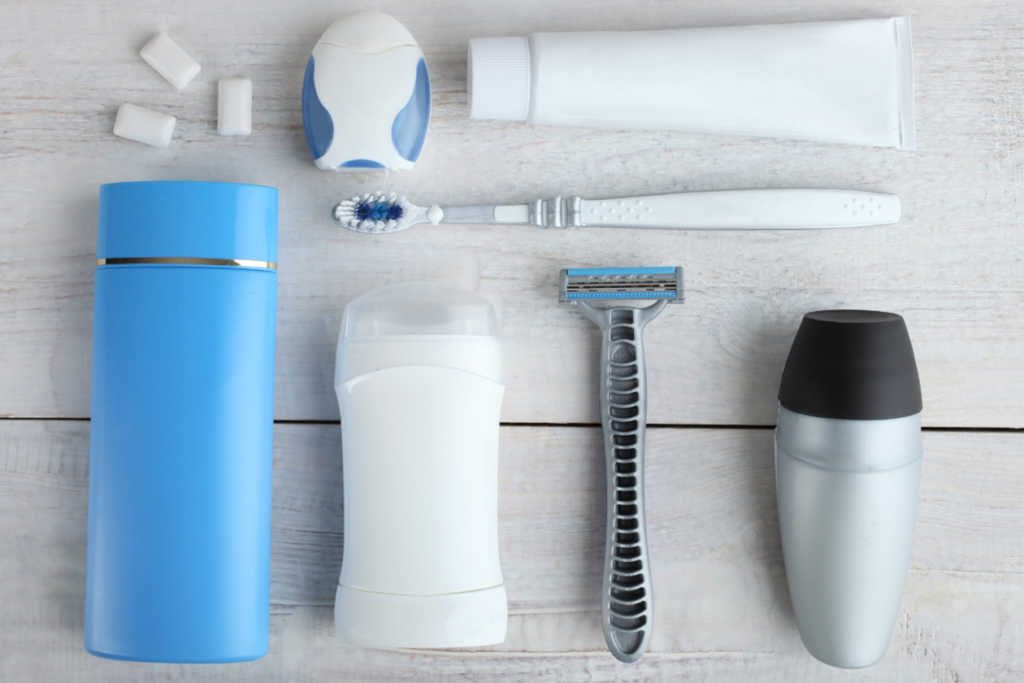
Can Potential Side Effects Associated With Using Cocamidopropyl Betaine Products Be Avoided or Minimized?
Manufacturers of products containing Cocamidopropyl betaine state that it is a safe and effective surfactant with few potential side effects. To avoid or minimize any potential side effects, it’s strongly recommended to use products containing CAPB only as directed and not apply them to broken or irritated skin. In addition, people with problematic skin or those allergic to other surfactants may consider evading using products containing CAPB altogether. If you experience any adverse reactions when using a product containing CAPB, stop using the product and consult your healthcare provider.
Is Cocamidopropyl Betaine Safe for Use During Pregnancy?
There is no definitive answer as to whether or not Cocamidopropyl betaine is safe for use during pregnancy. Some experts believe it may be safe for use in small amounts, but others consider it should be avoided altogether. If you are pregnant or breastfeeding, it is best to consult your doctor before using any products containing Cocamidopropyl betaine.
Is Cocamidopropyl Betaine Safe for Use on Children?
Cocamidopropyl betaine is generally considered to be safe for use on children over the age of 2 years old. However, some experts believe it may be best to avoid using products containing Cocamidopropyl betaine on newborns due to the risk of contact dermatitis.
Can I Mix Cocamidopropyl Betaine With Other Ingredients to Create My Own Custom Haircare or Skincare Product Formulation?
While we always recommend deferring to a professional formulator when it comes to mixing ingredients for personal care products, the answer to this question is, technically— yes. You can mix Cocamidopropyl betaine with other ingredients to create your custom haircare or skincare product formulation.
However, it is essential to keep in mind that not all ingredients are compatible with each other, and that certain combinations can result in an ineffective or even dangerous final product. For this reason, we recommend thoroughly researching any ingredients you plan on using in your formulation and testing the final product on a small area of skin before using it more broadly.
In short, while it is possible to mix Cocamidopropyl betaine with other ingredients to create your custom formulation, we advise doing so with caution and only under the guidance of an expert.
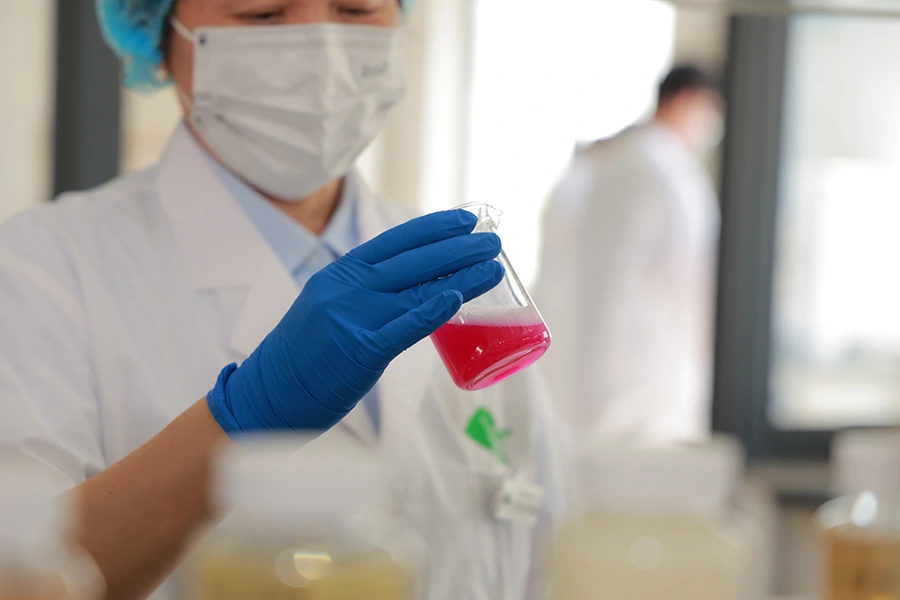
Tips for Safely Storing Products Containing Cocamidopropyl Betaine
While Cocamidopropyl Betaine is generally considered safe, it can become contaminated with bacteria over time. To help ensure that your CAPB-containing products remain fresh and maximally effective, follow these storage tips:
- Keep products in a cool, dry place. Heat and humidity can cause CAPB to break down, making it less effective.
- Avoid exposure to sunlight. Ultraviolet light can also degrade CAPB.
- Tightly seal all containers after each use. This will help to prevent bacteria from contaminating the product.
Following these simple storage tips can help keep your CAPB-containing products effective for months or even years.
In Conclusion
Cocamidopropyl betaine is a versatile and effective ingredient that can be used in a variety of personal care products. It has many benefits for the skin and hair and is generally considered safe for daily use.
While some potential side effects can be associated with its use, these can be avoided entirely or at least minimized by following the proper storage and usage instructions.
Cocamidopropyl betaine-based products are widely available and affordably priced, making them an excellent option for everyday use.


